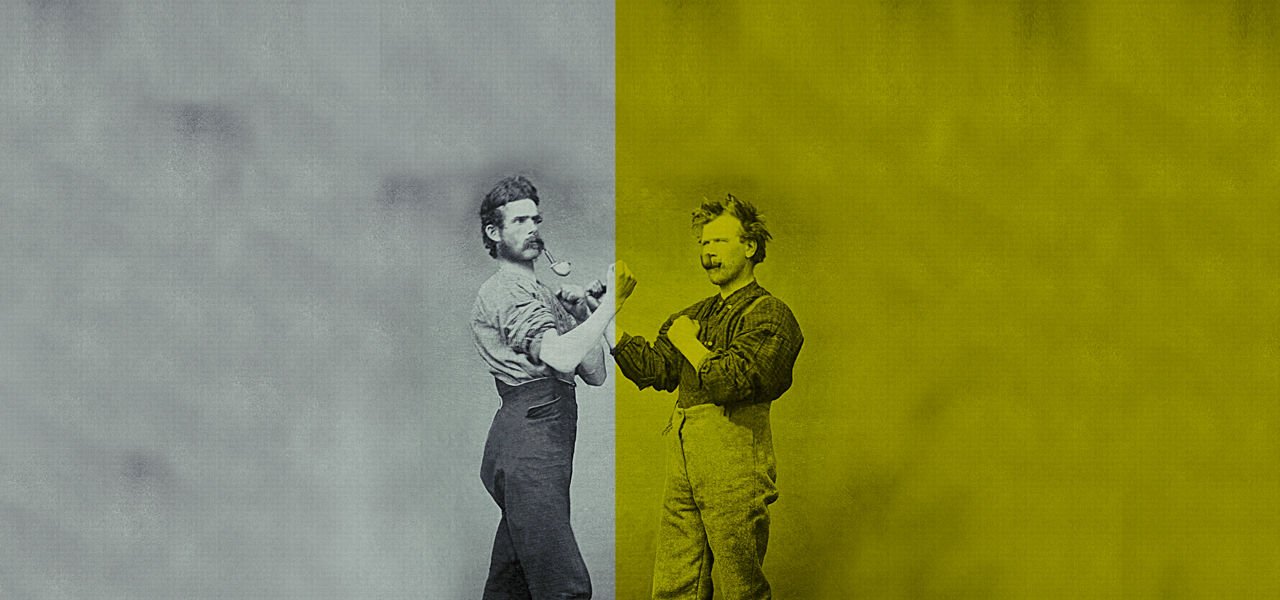

OUR STORY
K & A is Kate and Al. Kate Sullivan and Allan Windsor met back around 2002 through the love of beer and softball. After playing together for many seasons ideas started being tossed back and forth by two bartenders who shared a dream to open their own bar. Allan had worked at Max Fish for more than 25 years and Kate had worked at the Ace Bar for more than 11 years. After an exhaustive search for an appropriate space we found the Myrtle Avenue location and K & A was born.

GLENDALE
Originally named Fresh Ponds, this was a swampy area of land with fresh water pools. It was part of 74,000 acres (30,000 ha) of land collectively called Newtown, chartered by the Dutch West India Companyin 1642. Fresh Ponds became a thriving German farming community in the 19th century. In 1847, the State Rural Cemeteries Act was passed in New York, which put an end to the establishment of any new cemeteries in Manhattan. Cemetery owners were encouraged to build in Brooklyn and Queens. Glendale quickly became almost encircled by cemeteries being located in what is called the "Cemetery Belt".
In 1860, developer George C. Schott was given a large amount of land in Fresh Ponds as repayment for a debt. Schott renamed Fresh Ponds after his native Glendale, Ohio. Nine years later, John C. Schooley, a real estate agent, bought a substantial amount of property and also called it Glendale. Schooley laid out streets and divided his property into 469 lots, measuring 25 by 100 feet (7.6 m × 30.5 m), which he then sold off for $300 each. In 1869, a railroad stop at 73rd Street (then named Wyckoff Avenue) was opened by the South Side Railroad, which was sold in 1874 to the North Side Railroad, which then was merged into the Long Island Rail Road(LIRR) in 1876, becoming part of the Montauk Branch. In 1927, the station burned down and was never replaced.
Between the 1880s till World War I, Glendale was renowned for having a lot of sources of entertainment. It had a bowling alley, at Myrtle Avenue and 73rd Street; Cooney Herman’s Saloon; Liberty Park; Louis Hellen’s Saloon and picnic grove at Cooper Avenue and 73rd Street; and a trolley along Union Turnpike that ran to Schutzen Park.Development began along Myrtle Avenue, Glendale's main thoroughfare, as many family-run stores began opening and steam powered trolleys were introduced on "The Avenue" in 1891.
After World War I, Glendale's economic base shifted from farming to textiles and breweries. The largest employer was the Atlas Terminal, a vast industrial park, consisting of 16 factories. Because of the skilled work force living in the area and the many small machine shops located here, Glendale played a big part in the war effort during World War II and, especially in theManhattan Project, which produced the first atomic bombs. During World War II, most of the aircraft and military equipment made on Long Island was shipped by rail through this area. Meanwhile, new housing was being developed in the area as well; by 1937, the neighborhood's sole extant farm was being developed as housing.
Between 1933–6, the controversial Interborough (now Jackie Robinson) Parkway, designed by Robert Moses, was built through Glendale, displacing hundreds of bodies buried in the Cypress Hills Cemetery. The parkway, strongly opposed by residents of neighborhoods surrounding Forest Park, displaced Riebling’s Greater New York Park and Casino, and caused the Forest Park Golf Course to need to be redesigned.
In 1998, service to the Glendale LIRR station was discontinued, and in 2012, the last passenger service through the area was discontinued. However, freight trains still operate, although in recent years, controversy over trains transporting radioactive waste through the community has arisen. All goods shipped by rail with a destination on Long Island (Brooklyn, Queens and Nassau and Suffolk counties), must come through the Fresh Pond/Fremont Yards, located in Glendale, which is the crossroads of the LIRR Montauk Branch, the Bay Ridge Branch (which serves the docks and float barges in Sunset Park, Brooklyn), the Bushwick Branch and the New York Connecting Railroad, which connects them all to the rest of the country by traveling north to Selkirk, New York, and across the Hudson River to New Jerseyand west. The biggest product currently shipped from here is municipal waste and construction and demolition debris.[2]
Atlas Terminal was demolished in 2004 and replaced by a massive shopping center called The Shops at Atlas Park, which opened in April 2006. And now K & A is open on Myrtle Avenue spearheading a neighborhood resurgence.